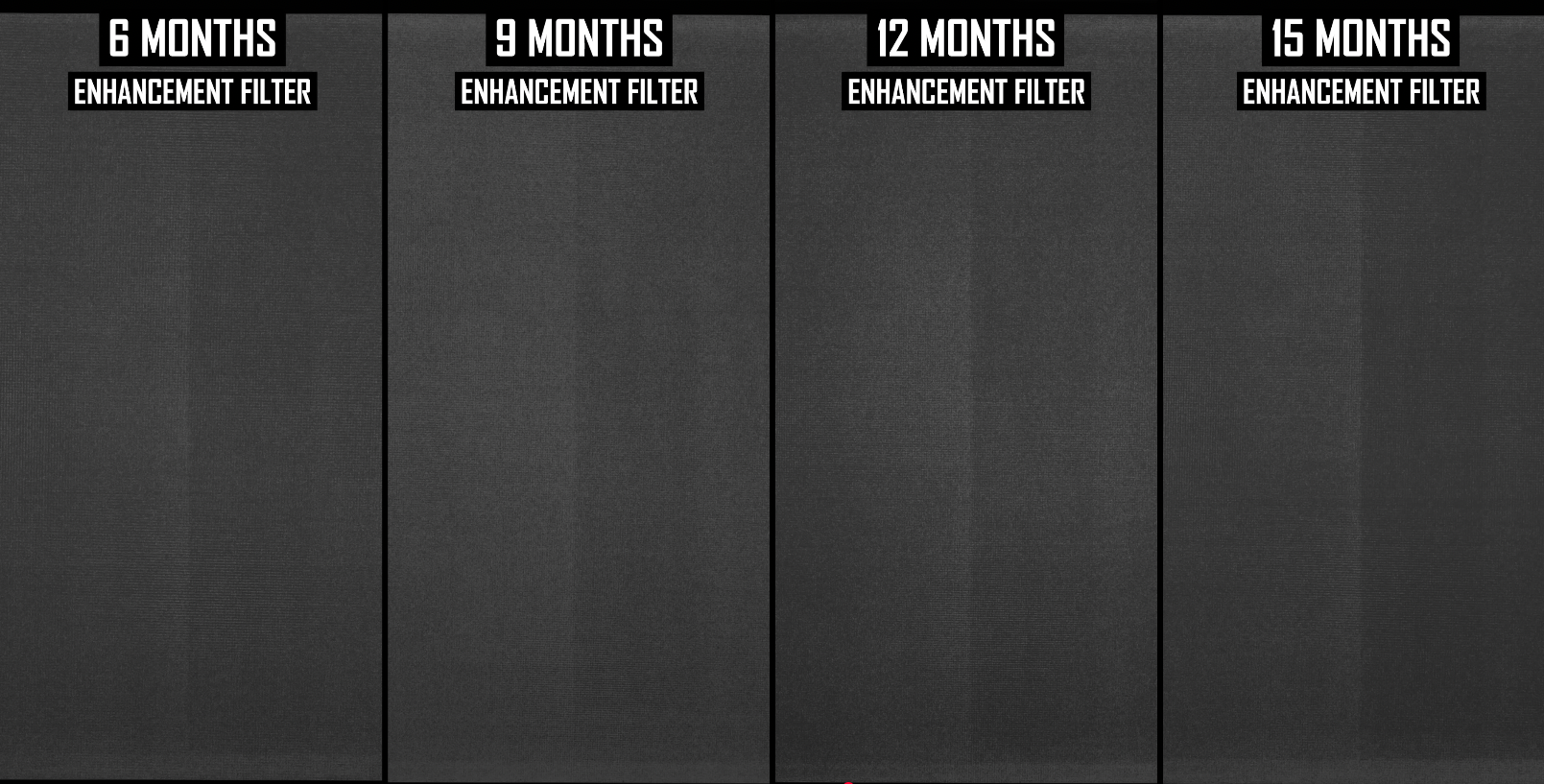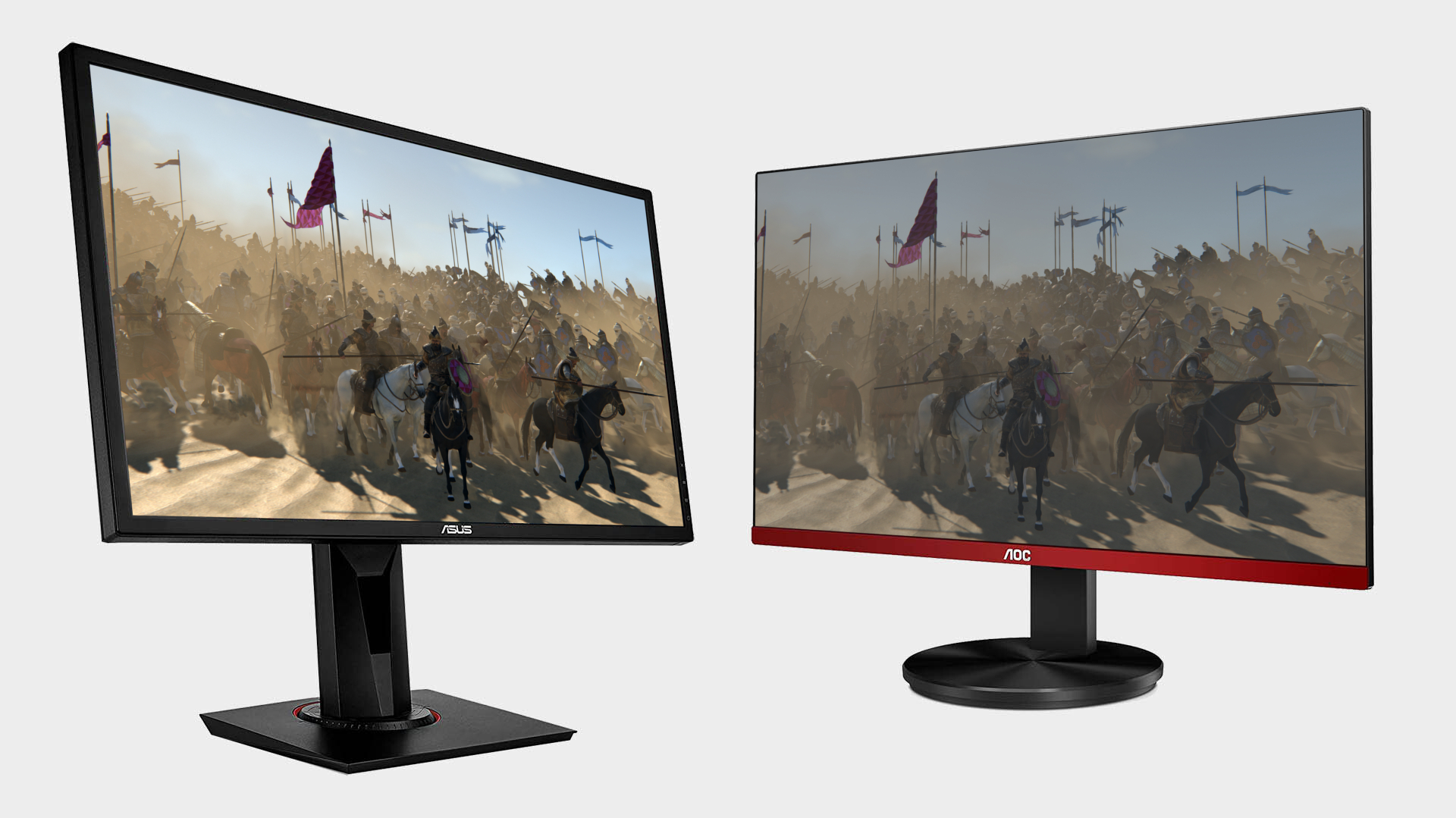
That pretty much correlates with our experiences...
OLED is very nearly the perfect display technology. But two possible problems remain. The first, limited full-screen brightness looks like it’s been cracked by Samsung and LG’s next-gen panel tech. And now new evidence that burn-in isn’t necessarily much of a worry is here.
YouTube channel, Monitors Unboxed, has been running a long term test with MSI’s MPG 321URX (we also reviewed the refreshed MSI MPG 322URX this week). It’s a 32-inch 4K model running Samsung’s QD-OLED tech.
Monitors Unboxed chose a 32-inch 4K monitor because the idea was to perform a worst-case scenario assessment of OLED burn in. Instead of gaming, then, the monitor was used for daily work duties involving lots of fairly static elements, including the Windows task bar and a regular setup of two application windows arranged side-by-side.
Mitigating measures, including auto-hiding the task bar or using dark mode across the Windows UI, were also not exploited. Monitors Unboxed did allow the monitor to run its built-in panel and pixel refresh routines, otherwise known as panel compensation cycles, but only overnight and not in a manner that interrupted usage.
Monitors Unboxed used the screen for about eight hours a day, but those cycles are supposed to run every four hours. Again, the idea here is worst-case scenario.
Monitors Unboxed’s testing has now hit the the 15 month mark, around 3,400 to 3,800 hours of unforgiving on-time and 413 panel compensation cycles. And the results? There is a little burn in and it has progressed slightly since it first become clearly apparent at the six month mark. But it’s still only mild and is only noticeable—and then only just—over certain background colours.
Overall, Monitors Unboxed concludes that, “the outcome to the point has been relatively good. Burn-in has so far been quite minor.”
Leading into this update, Monitors Unboxed was optimistic the 321RUX would have a level of burn-in after two years that isn’t distracting for everyday use and believes the monitor is still on track to achieve that. At this point, the channel estimates the MSI panel should be good for around two to three years as used, though that estimate could be extended.
Given this testing is about as bad as it gets for an OLED panel, you can probably expect even better performance from more varied usage with plenty of gaming and other non-static content thrown in. So, three years plus and maybe as much as five years of fairly heavy usage.
Best gaming monitor: Pixel-perfect panels for your PC.
Best high refresh rate monitor: Screaming quick.
Best 4K monitor for gaming: When only high-res will do.
Best 4K TV for gaming: Big-screen 4K gaming.
Of course, most modern LCD monitors will easily give five to 10 years of reliable service. So OLED monitors still have something to prove. But Monitors Unboxed’s testing largely squares with our experience with OLED monitors, which is to say we’ve seen little to no burn-in, including with OLED panels in laptops.
All of which is to say the OLED burn-in is almost, but maybe not quite, a complete non-issue. If you’re hoping for something like 10 years usage, OLED probably isn’t a good pick. But anything up to about five years of general use and gaming looks pretty plausible at this point.
It should be noted that this only directly applies to Samsung’s QD-OLED panel tech as used in the MSI MPG 321URX. But broader experiences of LG’s competing WOLED tech, including our own, suggests it offers burn-in resistance that’s at least as good as QD-OLED. In general, then, it all looks pretty positive for OLED burn in.





